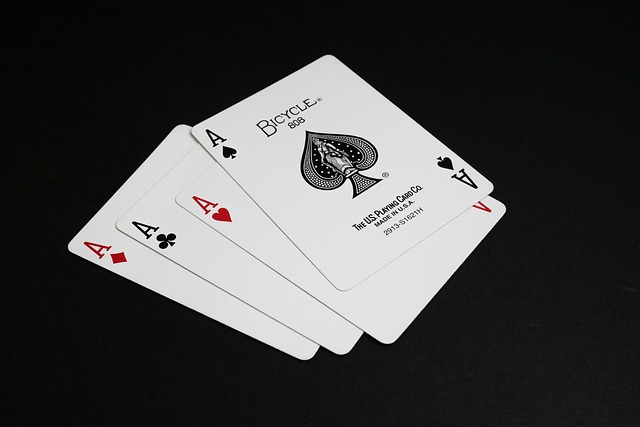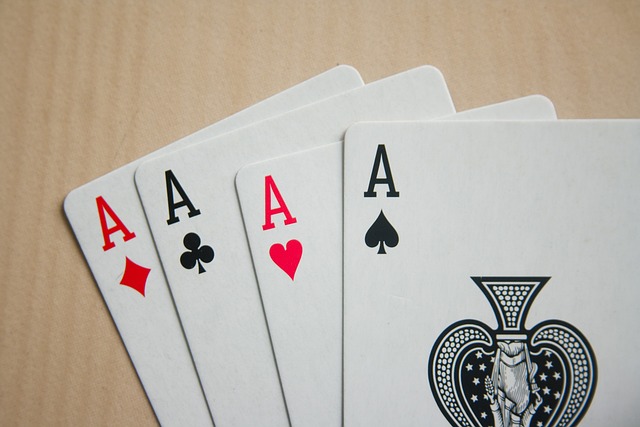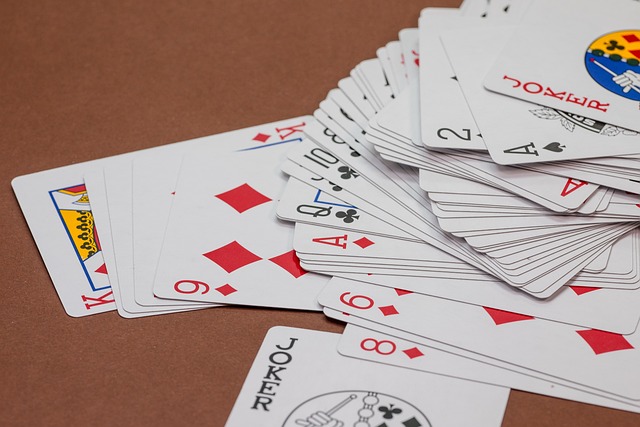Table minimums decide how long you can play and how much variance you can survive. A friendly game at the wrong limit will shred a small bankroll. Plan from the minimum up, not from the vibe down.
Why limits define your session
Every decision you make—hit, double, raise, call—scales off the table minimum. A $25 blackjack table turns one hand into the cost of five at a $5 table. The higher the minimum, the fewer trials you get, and the more a single bad run hurts.
Variance doesn’t care that you “feel ready.” If your bankroll only buys a handful of decisions, you’re gambling on timing, not edge or discipline. The first step is converting table limits into realistic units.
Converting minimums into units

A unit is your base bet. For steady table games, plan 50–100 units per session; for swingy formats or side bets, 100–200. Divide your bankroll by the minimum to see if a table is even feasible.
If doubles, splits, raises, or antes exist, budget for peak exposure, not just the posted minimum. Blackjack doubles and splits can push a $25 table to $50–$75 on a single decision. Poker blinds look tiny until you factor in typical raise sizes.
Small reference table
| Game & Limit | Peak Exposure Multiplier | Safe Units Needed | Notes |
|---|---|---|---|
| Blackjack $15 min | 2–3× (double/split) | 80–120 | Count doubles/splits in plan |
| Baccarat/Even-pay $25 | 1× | 60–100 | Commission affects net pace |
| Roulette $5 outside | 1× | 60–100 | Avoid thin inside-only coverage |
| Craps $10 line + odds | 2–4× (odds/presses) | 100–150 | Odds increase swing without house edge |
| $1/$3 NL poker (buy-in $300) | ~100× big blind | Full buy-in + 1× | Bankroll should cover multiple buy-ins |
Picking the right table for your roll
Start with your session bankroll and back-solve. If you bring $300, a $25 minimum blackjack table gives you 12 base bets before doubles—too thin. A $10 table stretches to 30 base bets and leaves room for doubles without panic.
In poker, think in buy-ins, not hours. If you can only afford one buy-in, you have no buffer for normal all-in variance. Drop a stake or switch formats until you can comfortably sit with at least two buy-ins for the session.
Practical selection rules
Choose the lowest limit that keeps your decision quality high.
Avoid tables where common add-ons (odds, side bets) double your exposure.
Prefer steady formats while learning; move up when your logs show consistency.
Adjusting for table speed and add-ons

Table speed changes cost per hour. A $10 blackjack game at 100 hands/hour burns faster than a $15 table at 50 hands/hour. Match limit and speed to your session length target.
Side bets inflate volatility without changing core edge. If you must play them, cap at a fraction of your base (e.g., 0.25 units) and treat them as separate variance. Don’t let a hot side bet force you into a table you can’t otherwise afford.
Quick checklist
- Log hands/hour and average peak exposure.
- Set a stop-loss in units (e.g., 15–20) and stop-win to avoid give-back.
- Re-size only between sessions, never mid-shoe or mid-heat.
Common pitfalls and clean fixes
Sitting “just to try” at limits your bankroll can’t support is the top leak. You’ll either play scared or go broke fast. Another trap is ignoring commission or antes that skim each win—your effective cost rises even if the limit doesn’t.
Fix it by walking the pit with a plan. Find tables that meet your unit requirements, note posted rules that change exposure (double after split, odds limits, ante/commission), and choose the slowest comfortable pace. If nothing fits, leave it for another day—discipline beats any seat.
